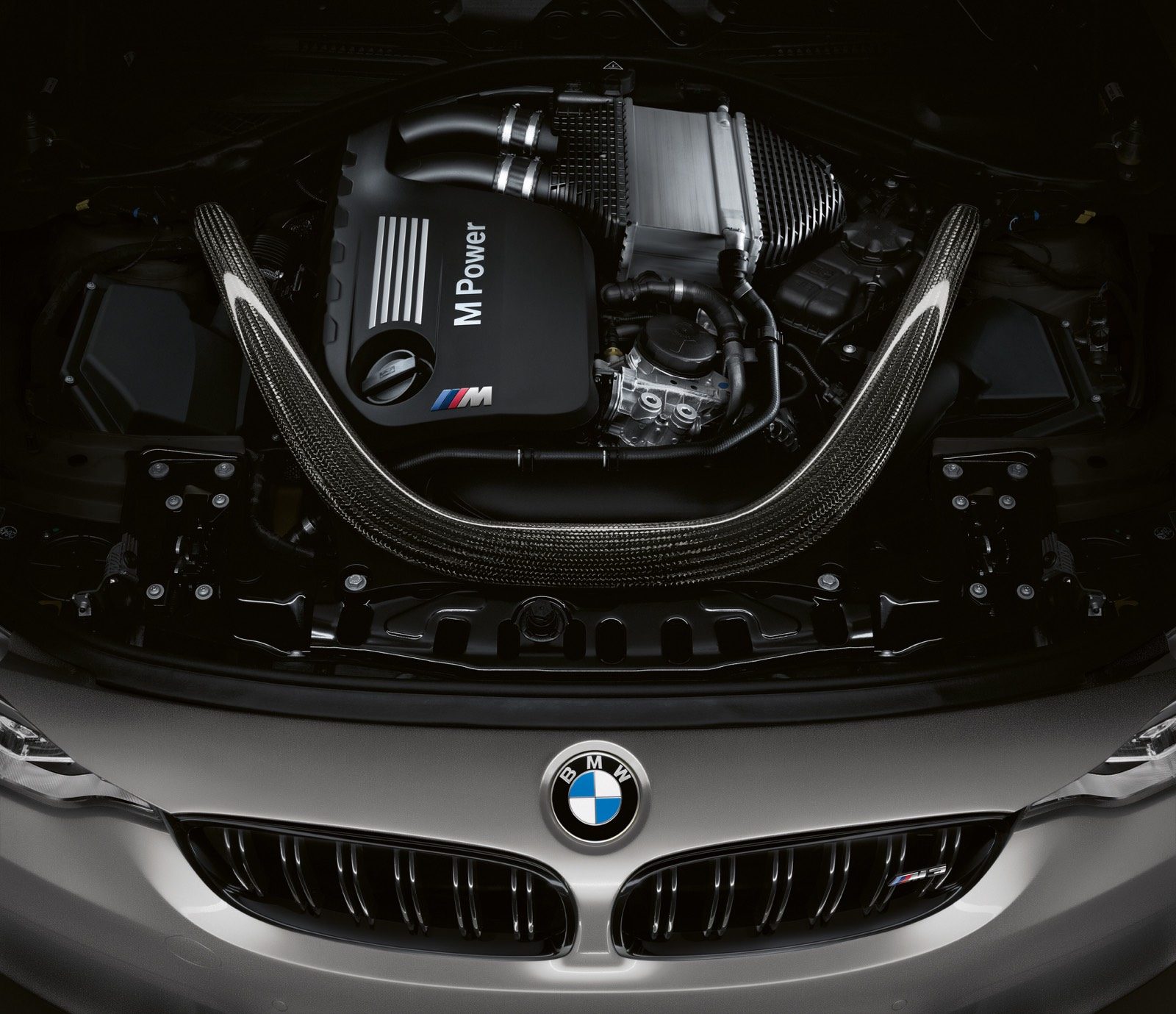In a large ranging Automotive Information interview, BMW R&D Head Klaus Froehlich dropped one fascinating bombshell after one other together with that BMW intends to construct petrol engines for 30 extra years. Froehlich, recognized for slicing by way of the BS and telling it straight revealed numerous future initiatives and the information driving them. Listed below are a few of our favourite quotes:

On electrical automobile prices:
BEV price extra due to the uncooked supplies to make the batteries. This received’t change. Costs may finally improve as demand for these uncooked supplies rises.
The most important problem for electrical automobiles is:
Charging. Every cell wants a person charging cycle to attenuate the chance of overheating. This reduces the life and the vary of the battery. An excessive amount of quick charging may put on out the battery in simply two to 3 years, which might make a buyer very sad given the excessive price to interchange a battery pack.
How typically ought to a battery-driven automobile be quick charged?
Not too typically. Ideally it ought to be each 20 charging cycles.
What has BMW discovered from its EV prospects?
What has BMW discovered from the shoppers who’re already driving its electrified fashions?
What we’ve discovered, which is important as a result of by the tip of 2019 we may have 500,000 electrified fashions on the street, is that prospects recharge both at dwelling or the workplace. Charging elsewhere seldom occurs.
On what the US market wants:
A lot of the U.S. doesn’t want BEVs. We may supply high-performance plug-in hybrids within the M house, offering plenty of enjoyable to the driving force in addition to [environmental] credit for us. We see BEVs primarily within the west coast and elements of the east coast, whereas the remainder of the U.S. will proceed with standard gasoline engines.
What’s the way forward for the petrol engine?
Rules on inner combustion engines are accelerating and getting extra various all around the world. We’ve to replace our engines yearly, particularly for China. As a result of this prices some huge cash, we’ve to streamline our choices. On the diesel aspect, manufacturing of the 1.5-liter, three-cylinder entry engine will finish and the 400-hp, six-cylinder received’t get replaced as a result of it’s too costly and too difficult to construct with its 4 turbos. Nonetheless, our four- and six-cylinder diesels will stay for at the very least one other 20 years and our gasoline models for at the very least 30 years.
What about V8 and V12?
The V-12 might not have a future on condition that we solely produce a number of thousand models annually and the a number of thousand euros of added price it takes to make them compliant with stricter emissions guidelines. In the case of the V-8, it’s already tough to create a powerful enterprise case to maintain it alive on condition that we’ve a six-cylinder high-powered plug-in hybrid unit that delivers 441 kilowatts (600 hp) of energy and sufficient torque to destroy many transmissions.
What’s the way forward for gas cells?
A gas cell is a BEV with no battery however a quick charger that known as a gas cell and a 700-bar hydrogen tank someplace within the automobile. We develop gas cells with Toyota and can start pilot manufacturing of the second technology of those fashions initially of the subsequent decade on the X6 and X7.
Is price nonetheless the problem?
Proper now a gas cell powertrain prices about 10 occasions greater than a BEV’s system. We plan to have these prices equalized by 2025 with the third technology of our scalable gas cell system, which may end in volumes within the lots of of 1000’s.
On versatile architectures:
A versatile structure is the very best answer for the subsequent 5 to 10 years, however clearly if the world turns totally electrical, we’ll develop devoted architectures.
Ten years in the past once we developed the CLAR structure that debuted in 2015 with the 7 sequence, we might have wanted so as to add 800 kg to 900 kg of batteries to supply a BEV variant. This may have killed the structure, to not point out the sheer driving pleasure we intention to supply with each automobile we make. We had anticipated that over a decade battery density may improve by 2.5 occasions. By 2020, we shall be near 2.7 occasions. Due to this fact, in 2021 we’ll replace the CLAR structure with a brand new central flooring that may home greater density batteries. It will allow our plug-in hybrids to journey 80, 100 to 120 km in full-electric mode in addition to permitting us to put in a bigger gas tank than we’ve in our present plug-in hybrids. Utilizing the up to date CLAR additionally will allow us to supply BEVs [battery-electric vehicles] on the structure as a result of our forthcoming i4 is principally a battery-powered 3 sequence.





